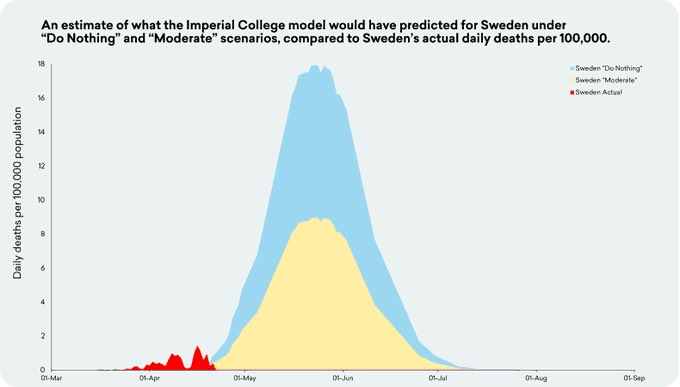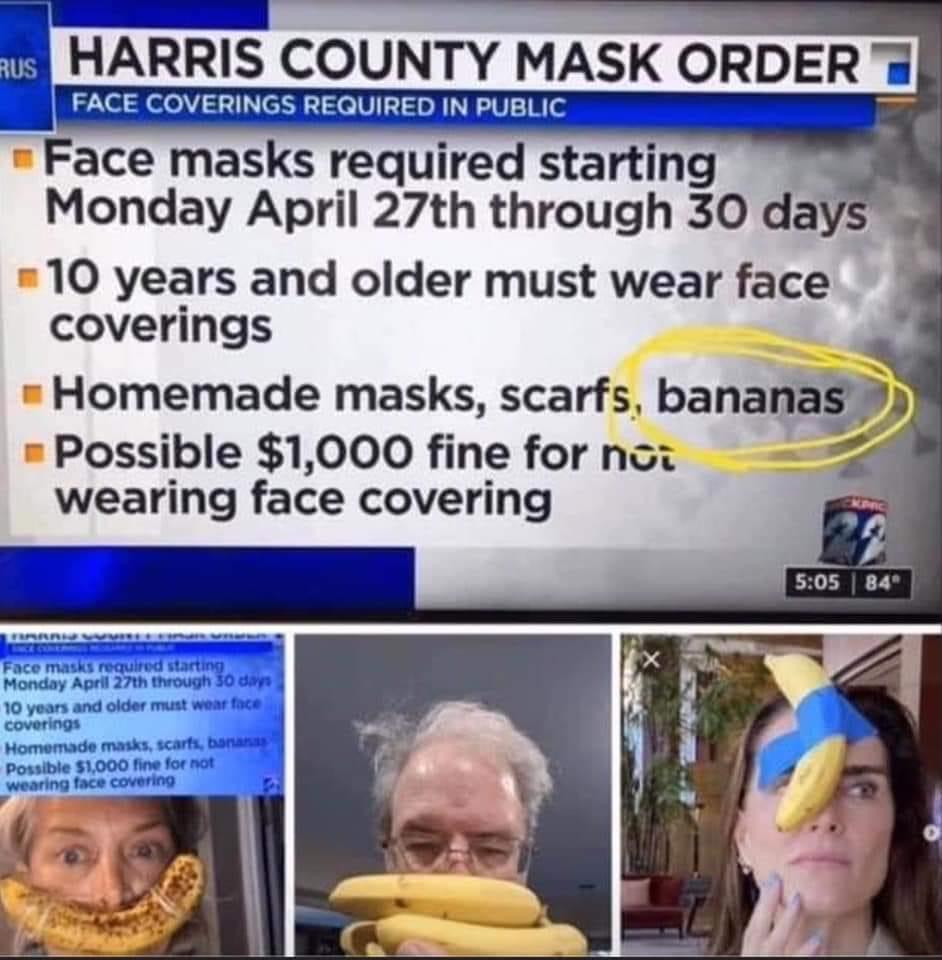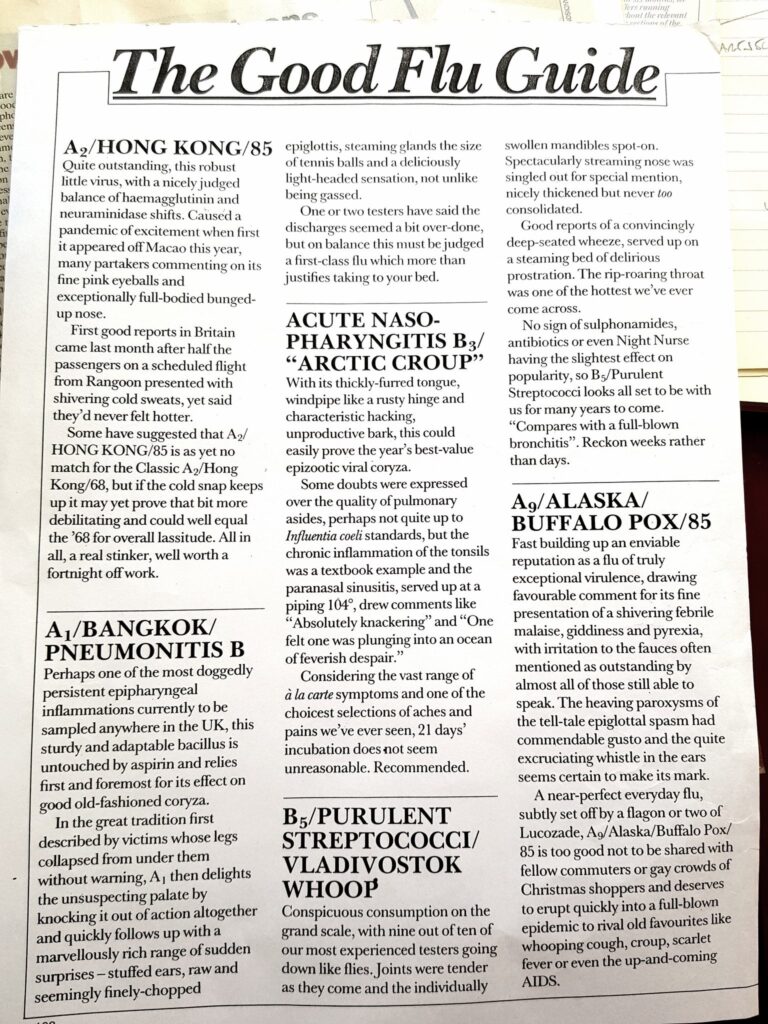
The Sun leads with two important dates: the date we’ll return to work (May 26th) and the date the Premier League will resume behind closed doors (June 12th). May 26th is the day after a Monday bank holiday and according to the Sun‘s Political Editor Tom Newton Dunn the date Boris is going to name as back-to-work day next Thursday. That makes sense because May 7th is the day the Government and its scientific advisors are reviewing the lockdown. According to Newton Dunn, the announcement will give offices, shops and some factories two-and-a-half weeks to install new government social distancing measures, such as perspex screens and gaps between desks, as well as give the public enough time to overcome their “coronaphobia”. That’s the Sun‘s word for the fact that two-thirds of the public are now too scared to leave the house, as revealed in a poll for Ipsos Mori.
Will the Government expect us to observe the two metre social distancing rule when restrictions are eased? Possibly not, according to the Telegraph. It’s main front page story says the Government has asked the Scientific Advisory Group for Emergencies (SAGE) to look again at whether people need to stay two metres apart. If that rule is relaxed it will make reopening the country easier, not least because it’s unenforceable in schools, as Katharine Birbalsingh, the head of Michaela Community School, has pointed out. Christopher Hope, the Telegraph‘s political editor, has more details on the plans the Government is considering, which include staggered start times in offices and factories, a delayed lunch hour to reduce the likelihood of overcrowding in town centres, and temperature screening of employees as they turn up for work each day.
The Government’s plans for restarting the economy will almost certainly include a ‘test, track and trace’ programme, particularly after Matt Hancock hit his target yesterday of testing 100,000 people a day by the end of April. The number on April 30th was 122,347, but the Guardian claims this was inflated by including 39,000 test kits that had been sent to households and satellite testing locations. No evidence those kits have even arrived, let alone been used.
Among those industries hit worst by the lockdown is the aviation industry, with the Mail reporting that in the town of Crawley near Gatwick up to 50% of jobs are at risk of being lost or furloughed. British Airways has already announced it plans to make 12,000 staff redundant and its parent company IAG has just secured a £900 million loan from the Spanish Government. Meanwhile, Rolls Royce is cutting up to 8,000 jobs. Crawley Borough Council is among several local authorities that may have to file for bankruptcy, along with Liverpool City Council and Windsor and Maidenhead Borough Council. Perhaps no surprise then that Simon Dolan, the businessmen who’s hoping to challenge the lockdown in the High Court, owns an aircraft charter business. The Mail has more details.
As the lockdown eases and we survey the economic wreckage, more and more people will start asking whether the cure was worse than the disease. And the evidence that the more modest social distancing measures put in place by the Government on March 16th were sufficient to “flatten the curve” continues to mount. A reader has sent me this interesting graph showing the use of mass transport in London, Birmingham and Manchester declining rapidly before the lockdown was imposed:

This is just one data point, but if you want to read a full survey of the evidence that lockdowns don’t work I recommend this paper by Thomas Meunier entitled ‘Full lockdown policies in Western Europe countries have no evident impacts on the COVID-19 epidemic‘. Here’s what the abstract says:
This phenomenological study assesses the impacts of full lockdown strategies applied in Italy, France, Spain and United Kingdom, on the slowdown of the 2020 COVID-19 outbreak. Comparing the trajectory of the epidemic before and after the lockdown, we find no evidence of any discontinuity in the growth rate, doubling time, and reproduction number trends. Extrapolating pre-lockdown growth rate trends, we provide estimates of the death toll in the absence of any lockdown policies, and show that these strategies might not have saved any life in western Europe. We also show that neighboring countries applying less restrictive social distancing measures (as opposed to police-enforced home containment) experience a very similar time evolution of the epidemic.
One sentence in Meunier’s conclusion jumped out: “As a concluding remark, it should be pointed out that, since the full lockdown strategies are shown to have no impact on the epidemic’s slowdown, one should consider their potentially high inherent death toll as a net loss of human lives.” That’s a reference to those who’ve died, and will die, as a direct result of the lockdowns. We won’t know that number for some time – I predict we’ll still be debating it in 50 years time – but we can take a stab at estimating how many people have died as a result of the UK lockdown to date and Hector Drummond has done precisely that in the Critic. He analysed the excess deaths in Weeks 14 to 16, as documented by the ONS, that weren’t recorded as deaths from COVID-19 to see if they were undiagnosed COVID-19 deaths or deaths from other causes. If the latter, that suggests the lockdown itself is partly to blame. Of the excess deaths in that period, 7,486 were not attributed to COVID-19. Those who claim the “real” death toll from coronavirus is much higher than the official figures suggest take it for granted that these were undiagnosed COVID-19 deaths, but if they were you’d expect the ratio of men to women in that figure to be roughly 60:40, a skew that holds true for all Covid deaths. But when Drummond looked at the non-Covid excess deaths in Weeks 14 to 16 he found the ratio was roughly 50:50, which suggests that at least some of them weren’t undiagnosed COVID-19 deaths. Well worth a read.
Another unintended consequence of the lockdown may be that it has interrupted the natural evolution of the virus whereby it would have become progressively milder if we’d stuck with mitigation. Dr John Lee, a retired consultant pathologist, has a fascinating piece in this week’s Spectator in which he poses that question. Dr Lee points out that all viruses mutate, and a rapidly-spreading one like SARS-CoV-2 typically becomes less harmful as it changes because this helps it survive. After all, if the virus kills too many of its hosts, it is more likely to die out, whereas if it becomes milder, it spreads further. He thinks it’s likely there are dozens of different strains of SARS-CoV-2 currently in circulation, some quite mild, others deadly. What if the Government’s suppression strategy has meant stopping those people with the milder versions of the virus from circulating and, at the same time, herding those with the deadlier versions into hospitals where they can infect other patients and NHS staff? It could be, says Dr Lee, that the lockdown is giving the nastier strains of the virus a helping hand, thereby slowing the tendency of this new disease to get milder with time.
As we tot up the unintended consequences of lockdowns across the world, it’s worth bearing in mind that the quarantining of entire countries for extended periods of time is a new and untried strategy for managing a pandemic. Historically, there are very few examples of lockdowns being used before. The earliest historical example I can find is Florence in 1631, when an outbreak of the plague killed 12% of the population. More recently, Mexico in 2009, during the first days of an H1N1 influenza outbreak, isolated those suspected of being infected, closed schools, banned public gatherings and cancelled a regional soccer tournament. But those measures weren’t replicated in other countries and Mexico abandoned them after 18 days, partly due to the mounting social and economic costs.
We’re often told by lockdown enthusiasts that those US cities that introduced extreme social distancing measures during the Spanish flu pandemic experienced fewer deaths than those that didn’t. But those measures stopped well short of a full lockdown. For instance, in St Louis, which is often held up as a model of how to manage the current pandemic, churches and schools were closed, business hours were restricted and people were ordered to wear mask in public, but the city never issued a stay-at-home order and only cancelled business activity entirely for about forty-eight hours.
Also worth noting that lockdowns weren’t even suggested during America’s deadliest bouts of seasonal flu since 1919. In 1967, flu killed about 100,000 Americans and in 1957 it killed about 116,000. As of yesterday, the COVID-19 death toll in the US was just under 65,000. As a side note, it now looks almost certain that the outbreak in Germany, which Angela Merkel described as the worst crisis to afflict the country since the Second World War, will kill fewer people than the seasonal influenza outbreak in 2018 – and no thanks to the lockdown Chancellor Merkel ordered. Der Spiegel has published the latest daily mortality figures for Germany, which show infections beginning to fall before the more extreme measures were introduced. And contrary to a lot of misinformed nonsense in the news, there’s been no sustained uptick in infections in Germany since the the lockdown was lifted, something that’s also true of Denmark and the Czech Republic.
So why the rush to lock down citizens across the world in response to coronavirus? It’s all the more surprising when you bear in mind that the World Health Organisation (WHO) specifically recommended against quarantining as a strategy for managing the outbreak of a flu-like pandemic in a report it published in 2019. This was drawn to my attention yesterday by a reader with a background in epidemiology and public health who says she’s been horrified by the unquestioning acceptance of the Covid response measures by her colleagues whom she expected to be more capable of critical thought. The WHO report, which you can read here, even stopped short of recommending the quarantining of exposed individuals. No doubt some people will point out that COVID-19 isn’t a flu-like illness, so more drastic measures are called for. But the WHO report says that quarantining wouldn’t have done any good as a way to mitigate the impact of Spanish flu, a much more deadly virus than SARS-CoV-2.
What changed the WHO’s mind and prompted it to praise the response of the Chinese authorities in Hubei province, which included the virtual incarceration of 60 million people? It was this, more than anything else, that persuaded governments across the world to lockdown their citizens. It’s all the more mysterious, given that the WHO has now done a reverse ferret and praised the Swedish government’s herd immunity strategy as a “model” of how to manage the pandemic.
While we’re on the subject of Sweden, Philip Magnes at the American Institute for Economic Research has written an interesting article about a group of researchers at Uppsala University who plugged Sweden’s numbers into Neil Ferguson’s Imperial College model in early April, hoping to persuade the authorities to abandon the mitigation strategy and impose a lockdown. According to the model, if the Swedish Government continued to pursue its “reckless” policy the capacity of the healthcare system would be overwhelmed 40-fold and approximately 96,000 would die of COVID-19 by the end of the year. By May 1st, the Uppsala group predicted, the death toll would be 40,000. In fact, as of April 29th, Sweden’s death toll from COVID-19 was 2,462, and its hospitals are nowhere near the projected collapse. I illustrated the same point with a graph last week, showing the death toll the Imperial model would have predicted if it had been applied to Sweden

For my elderly readers whose eyesight isn’t what it was, the blue area represents what would have happened under the ‘do nothing’ scenario in Sweden according to Professor Ferguson’s model, the yellow area what would have happed if the Swedish Government had stuck with mitigation – which is what is what it did, obviously – and the red area the actual death toll in Sweden.
We learned yesterday that the response of the Chinese authorities to the outbreak, which the WHO praised so effusively in February, included lying about human-to-human transmission, locking up whistleblowers and refusing to help nations develop a vaccine. Those are among the revelations in a leaked 15-page dossier from the ‘Five Eyes’ intelligence alliance. This dossier is almost certainly what Donald Trump was referring to earlier this week when he said he had evidence that the virus originated in a Chinese virology lab. The dossier says that a team of scientists at the Wuhan Institute of Virology conducted research in into deadly bat-derived coronaviruses, with at least one of the virus samples being a 96% genetic match for SARS-CoV-2.
This will be grist to the mill of Republican critics of the lockdowns imposed in states controlled by Democrats. Which poses the question: to what extent is your reaction to the lockdowns mediated by your political views? The short answer is a great deal, with conservatives being much more likely to oppose extreme social distancing measures than liberals. But why should that be so? The Heterodox Academy has published an article by Luke Conway, a Professor of Psychology at the University of Montana, who has researched that question. Here’s his conclusion:
Conservatives oppose the government telling them when they can or cannot leave their homes; liberals support such policies. Because a threatening disease might validate government interventions that conservatives dislike, conservatives appear motivated to downplay the severity. Or conversely, because a threatening disease might validate government interventions that liberals do like, liberals seem motivated to magnify the threat.
This jibes with an essay by Inaya Folarin Iman published in Spiked yesterday about how the lockdown and the British people’s surprising acquiescence to it has its roots in the “decades-long cultivation of a culture of fear and the sanctification of safety” and “the increasing hyper-regulation of everyday life and the growing normalisation of censorship and suppression of dissent”. Could this be what’s responsible for “coronaphobia”?
Happily, not everyone around the world has responded so cravenly to being bossed around by the authorities. The residents of Harris County, Texas have been having a laugh at the expense of a recent announcement about what face-coverings they should wear that misspelt “bandana” as “banana”:

Theme tune suggestions from readers are flooding in. The latest batch include ‘I’m Gonna Kill You‘ by Wynn Stewart, ‘I Think I’m Gonna Kill Myself‘ by Buddy Knox and ‘Don’t Fear the Reaper‘ by Ashbury Heights. Keep ’em coming.
For more light relief, have a read of ‘The Good Flu Guide’, an article published in Punch in 1987 (author unknown). Hat tip to comedian Simon Evans – one of the few right-of-centre comics to appear regularly on Radio 4 – for unearthing this gem:

Thanks as always to those of you who donated to pay for the upkeep of this site yesterday. If you feel like donating, you can do so by clicking here. And if you want to flag up any stories or links I should include in tomorrow’s update, you can email me here. See you tomorrow.













To join in with the discussion please make a donation to The Daily Sceptic.
Profanity and abuse will be removed and may lead to a permanent ban.